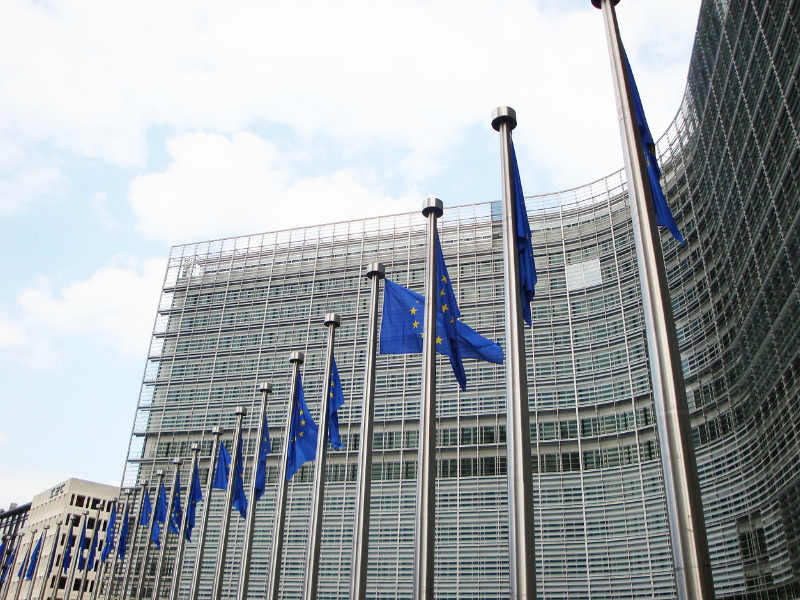2025 VAT Reform for Small Enterprises: A Unified European Framework Requiring Close Monitoring
Effective January 1, 2025, the VAT regime for small businesses in the European Union has been overhauled under Directive (EU) 2020/285, introducing a harmonized and modernized system for micro and small enterprises. The reform establishes common exemption thresholds across Member States and simplifies VAT compliance for businesses engaged in cross-border trade.
An EU-wide harmonization effort
Previously, each Member State applied its own turnover thresholds, requiring businesses to register separately for VAT in every country where they operated. The 2025 reform introduces a single EU turnover ceiling of €100,000 (excluding VAT) and aligns national thresholds to facilitate intra-EU operations.
This measure is designed to reduce administrative fragmentation and encourage growth in cross-border activities.
Implementation in France
France adopted the reform through the 2024 Finance Law and Decree No. 2024-1195, setting the following national thresholds:
-
€85,000 for sales of goods, accommodation, and catering (up to €93,500 with tolerance);
-
€37,500 for service activities (up to €41,250);
-
€50,000 for lawyers, authors, and performers (up to €55,000).
The proposed reduction to €25,000, announced in the 2025 Finance Law, has been postponed until the end of 2025 following criticism from business stakeholders.
Major changes under the new framework
-
Immediate VAT liability once a threshold is exceeded — the previous two-year grace period has been abolished.
-
Inclusion of EU-based foreign entities eligible for VAT exemption in other Member States.
-
Creation of a European franchise scheme, allowing companies to apply the exemption across borders.
-
Mandatory reporting of countries where the exemption is claimed.
Implications for small businesses
The reform offers administrative simplification but introduces a higher level of compliance control. Companies will need to:
-
Adjust invoicing systems to meet the new requirements;
-
Monitor turnover both domestically and across the EU;
-
Anticipate immediate VAT obligations in the event of threshold breaches;
-
Coordinate tax positions across jurisdictions.
Key takeaway
This harmonized VAT framework represents a structural shift in EU taxation for small enterprises. While it lightens the administrative load, it demands greater financial oversight and proactive compliance management. Businesses aiming for sustainable EU growth should plan early and seek expert guidance to ensure full alignment with the 2025 VAT rules.

